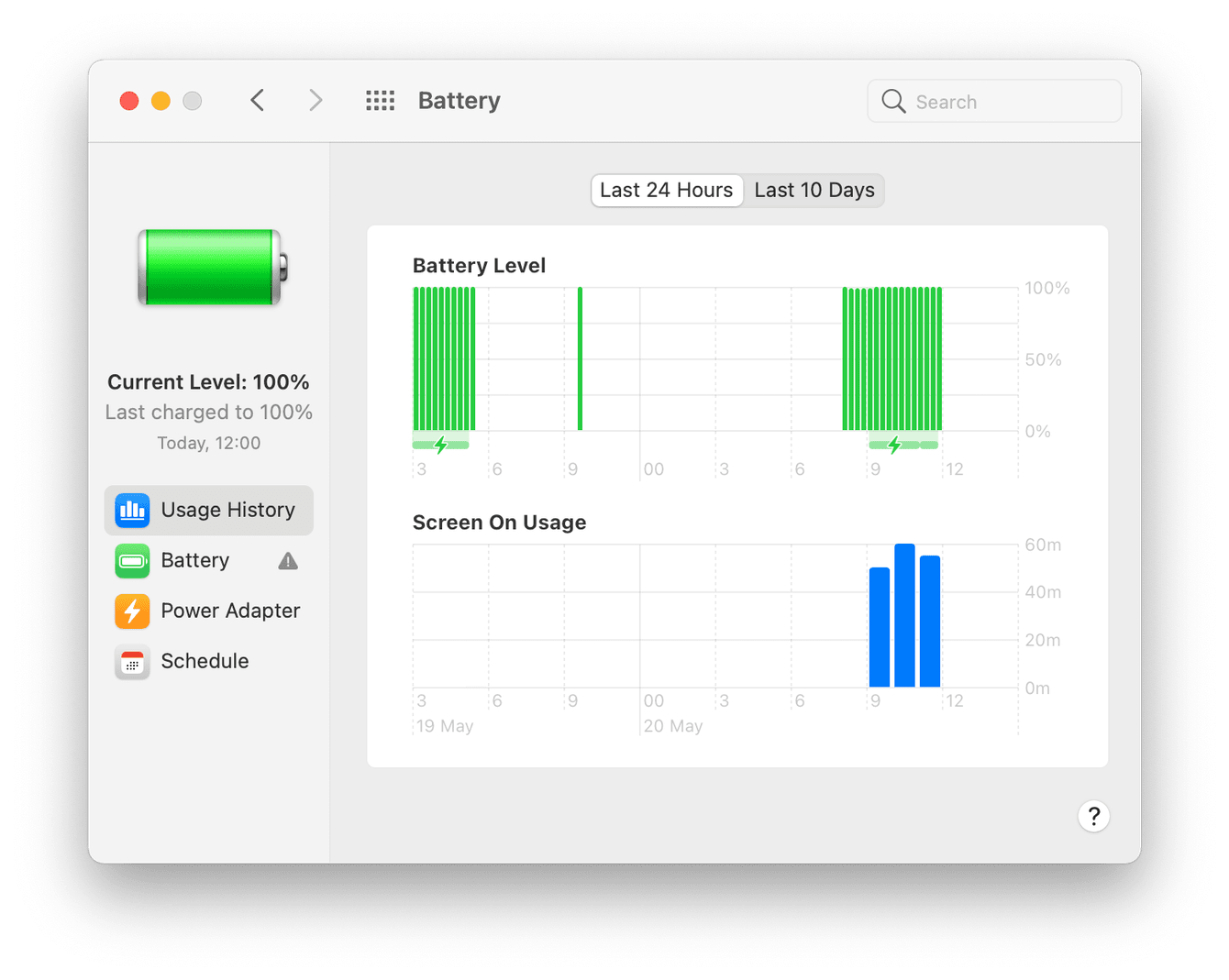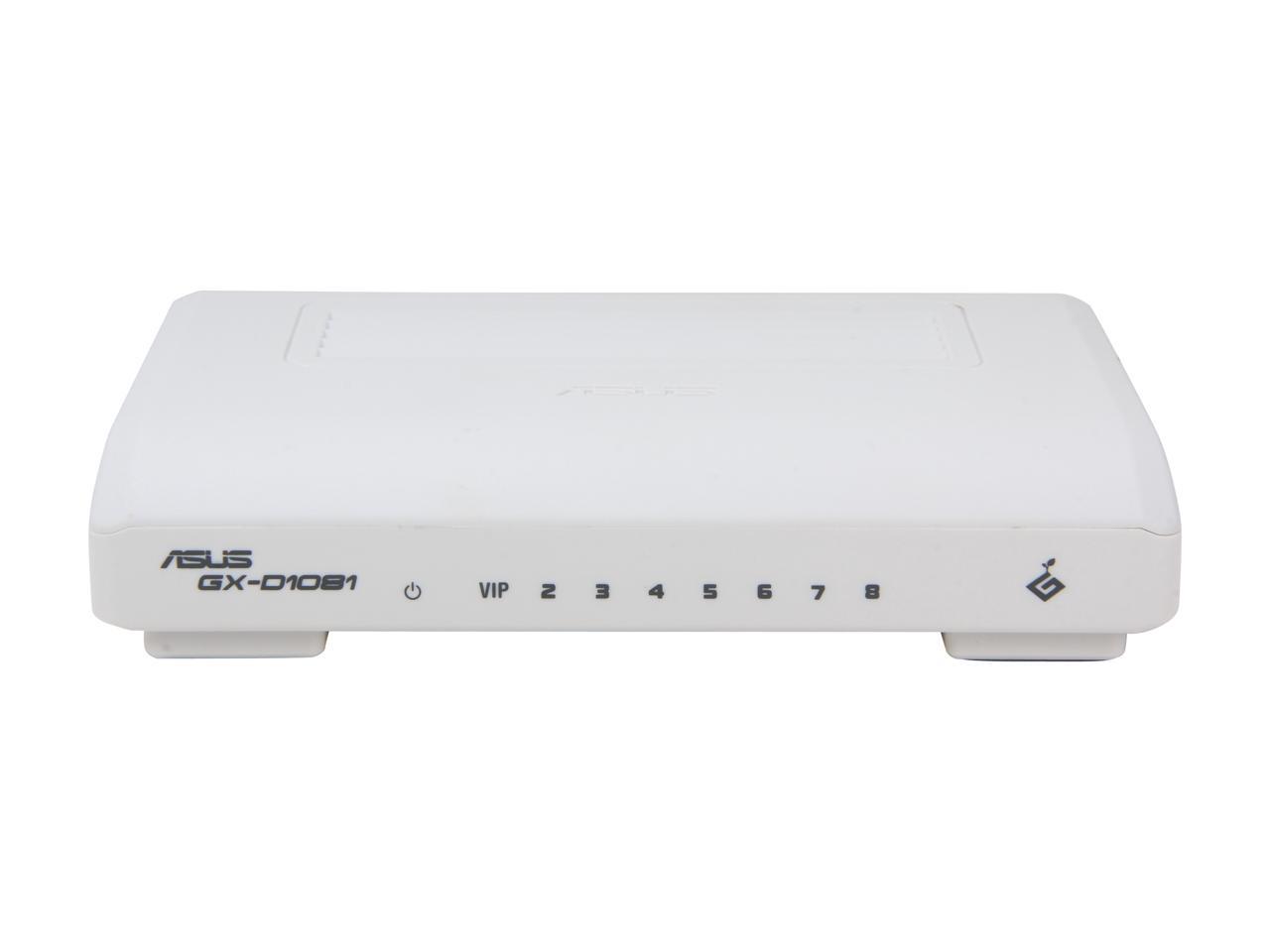

POWER SAVE MAC MAC
Find Cache Files for Individual app in Folder, Open Finder on Mac > From Top Mac Menu > Go.To save energy, one should clear Mac’s junk and cache files from time to time. Moreover, some of the cache files stay on the Mac even after deleting a particular app. But they are eating up disk memory and may slow down Mac’s speed and affect battery life. Cache files aim to make the Mac work faster.


It is wiser to close unused applications which are not in use to increase battery life.Īpplications, browsers, and the system, in general, create junk and cache files. If several tabs are open at the same time or if sites with hefty content such as Adobe Flash are open at the same time, the battery life drains even faster. Applications like Chrome, Firefox, and a few others use the CPU intensively. The more one’s processor is loaded, the quicker the battery is discharged. The battery life of a Mac depends on the programs running in a device and its CPU usage.
POWER SAVE MAC OFFLINE
The ideal option is to use the Mac in offline mode until the battery is depleted to 5 – 10 percent.ħ. One should also keep a strict Mac battery charging mode. Some of these battery charge cycles include, one should not keep the Mac connected to the AC adapter after the battery is fully charged. It is recommended to follow few battery charge cycles this keeps the battery healthy. This is a great energy setting on Mac and helps increase the battery life.Īpple recommends that a Mac battery needs to be fully charged when a device is turned on for the first time. Slightly dim the display on battery powerĭimming the display on battery power will automatically reduce display brightness when the Mac is running on battery power. If for instance, an individual does not use their Mac after 7 pm and uses it again at 9 am the next morning, they can set it to shut down at 7 pm and start it up again before they use it the next day at 9 am.ĥ. Using this setting, one can power up, shut down, or sleep the Mac at set times. In the System Preferences/ System Settings > Energy Saver settings, one can see a button that says Schedule. Here, one can also specify whether to display the computer from sleep mode to access the network. After one adjusts the time limit, the Mac will go into sleep mode.Ĭ. Here, one can adjust the sliders to specify the time after which the display will turn off. Go to Apple logo > Open System Preferences, and go to Energy Saver.ī. Go to the Apple Logo > System Settings > Energy Saver.Ī. Power Save Settings on macOS is minimal, but they work great in extending the battery life.

It directs power where you need it to get the most out of your battery 3.
POWER SAVE MAC PRO
New macOS Monterey comes up with Much need needed feature for Supported MacBook Pro (Early 2016 or later) and MacBook (Early 2016 or later) Model Excluding MacBook Air.
POWER SAVE MAC UPDATE
On the latest MacOS Monterey Update in Selected models, Turn-off-live-caption-on-mac-in-ventura 2. Go to the Apple Logo > System Settings > Accessibility > Live Caption > Turn off System Wide Live Caption or for an Installed app like FaceTime.Turn-off-live-caption-for-facetime-under-preferences Open FaceTime on Mac > from top menu FaceTime > Settings > Turn off Live Caption.The accuracy of Live Captions may vary and should not be relied upon in high-risk situations. Now, MacOS Ventura update, Users can see live Caption during FaceTime video call, Let everyone on your calls know their speech is being transcribed. Master Battery Saver Settings for MacBook Pro/ Air 1. Turn off Keyboard Backlights When Not Necessary Slightly dim the display on battery power Master Battery Saver Settings for MacBook Pro/ Air.


 0 kommentar(er)
0 kommentar(er)
